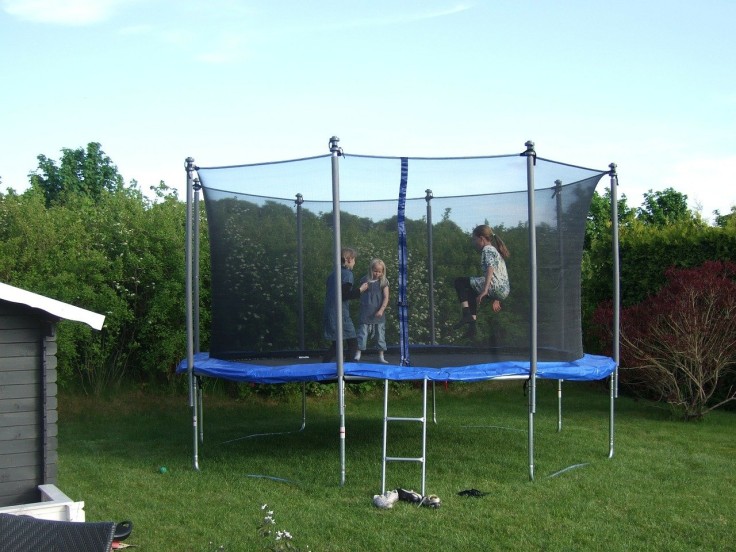
A teenager from Pittsburgh has been undergoing therapy for almost a year after becoming paralyzed due to a trampoline injury she sustained last summer.
Mary Maloney, 14, played and jumped on the trampoline in their backyard when she fell. While her family thought that the accident was not serious, Maloney soon started feeling more pain in her body. Things turned for the worse when the teenager couldn't move her legs anymore.
Maloney's mom, Pam Surano, was at church when the trampoline injury happened. Her cellphone had so many calls from her daughter that she instantly knew something was wrong. The doctors told the family that the 14-year-old had a spinal stroke, which Surano didn't expect.
Read Also: Mindfulness Training Could Fix Sleep Problems in Kids, Study Finds
The mom told Fox News that most parents would think of broken bones or fractures and contusions when it comes to trampoline injuries but never a stroke.
"You never think of something like this," Surano said, adding that parents should be aware of the risks of trampolines.
Causes and Symptoms of Spinal Stroke
Surano described her daughter as athletic and acrobatic, but her life changed after getting on the trampoline unsupervised and landed oddly on her head and neck. Maloney told her parents that it felt like she tweaked something in her body. She took a warm bath to help her muscles loosen. Hours later, her father drove her to the hospital and was placed in a wheelchair when she could no longer move.
Doctors who did her tests initially could not find clues as to why Maloney could not move from her chest to her feet. She had no contusion nor internal bleeding. Two days and a few scans later, the doctors concluded it's spinal stroke, a rare condition characterized by loss of blood supply to the spine.
When the spinal cord lacks blood supply, it can damage tissues or block the nerves that send signals to the rest of the body to function properly. Spinal strokes occur in only 1.25 percent of all kinds of stroke.
In 2012, a similar case happened to a 15-year-old boy playing on the trampoline and fell on his head and neck. Three days after the accident, the boy started showing more symptoms such as numbness or pins and needles on his shoulders that progressed to his arms. The boy also had a sensory loss on his upper limbs, which became weaker by the hour. A day following the symptoms' appearance, the boy had problems with walking and could not urinate. Within two days, he became quadriplegic.
Hope for a Full Recovery
Maloney is still recovering from the stroke and has been getting therapies at REACT in Dallas, a neurological injury and trauma center. Surano said that she's hopeful for a miracle that her daughter will recover 100 percent. She has faith that God is with them as Maloney treads the road to recovery.
Surano is also thankful that their family has been overwhelmed with prayers. The mother said that Maloney's therapy has been progressing well because her abdominal flexors are slowly coming out of paralysis, and there are many indicators she is getting better.
According to the U.S. Consumer Product Safety Commission, over 300,000 trampoline injuries were treated in 2018, and 90 percent of these were sustained by kids between 4 to 14 years old.
The American Academy of Orthopaedic Surgeons said that adult supervision is necessary when families enjoy playing in trampolines. The equipment must also be in good condition, padded well, and has a protective net.